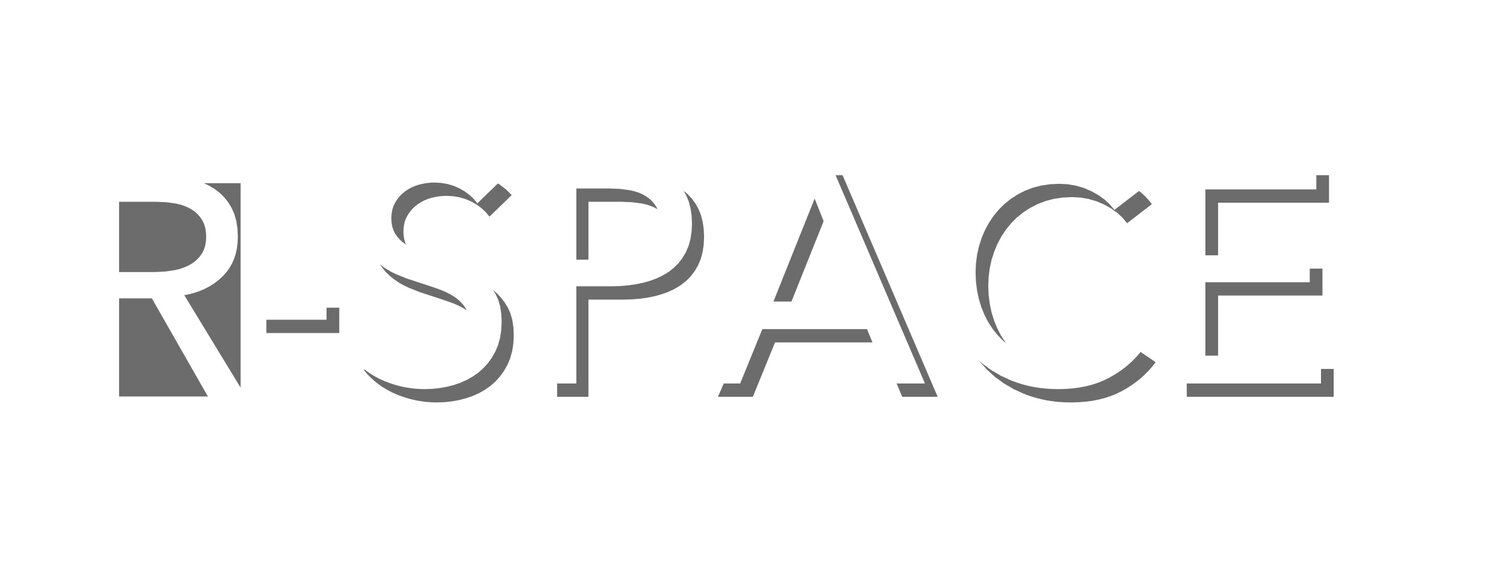Avril Wilson
1-28 May 2013
Belfast-born international artist Avril Wilson will present a new body of mixed media 2D and 3D work exploring notions of identity and place. Main themes in the work will include altering images of landscapes, specifically locations involving edges, exploring the physical line of borders, the notion of exclusion and ‘no man’s land’, and properties of blackness, light and focus. Work will be produced using naked flames and soot to alter and disturb photographic images, as well as other physical materials including salt.
The exhibition will include existing work and work which is currently in progress
Avril has undertaken a number of solo exhibitions and large scale public art commissions in recent years, including ‘Life Span’, the 400m long sculptural railings for the Royal Victoria Hospital. Avril is currently Senior Lecturer on the BA Design & Craft course at the University of Brighton.
The exhibition will be supported by an artist’s talk and exhibition tour, and a series of participative workshops exploring the techniques used by Avril in the creation of the work on display.
Over a ten year period Avril made a series of major public commissions all of which focused on boundaries and points of access. In 2000 she was commissioned to create a 400m long and 3m high sculptural railing and four gateways for The Royal Victoria Hospital in Belfast. It replaces a security wall that was erected between the hospital and the Falls Road during ‘the troubles’ in Northern Ireland. Entitled ‘Life Span’ the railings represent a celebration of life. Reflecting further on the significance of the physical and personal relationships we hold between one place and an - other.
Avril’s solo exhibition at R Space Gallery is a new body of work, 2D and 3D that aims to connect a series of images and objects that explore notions of identity and place. The work fluctuates between the universal and local; the global (human) perspective to psycho-geographic (personal) perspective, often related to her connection to Belfast, Northern Ireland.
Main themes that connect across the work include; altering images of landscapes, specifically locations involving edges; exploring the physical line of borders; the notion of exclusion in the sense of ‘no-mans-land’; properties of blackness, light and focus.
Physicality and illusion in landscape and maps:
The concept of edge in relation to landscape is significant to the work. This is relevant both in terms of an horizon being at the edge of vision, and also as the point from which a landscape is viewed - such as her first view of the city she grew up in (Belfast) from the edge of a hillside which was for many years restricted from public access and used for security surveillance.
The horizon within a landscape represents the outer limit of vision; it is visible yet physically intangible. This idea is explored further through a series of pieces that work with the visible and psychological concepts of horizon. The notion of ‘no-mans-land’ as a place of exclusion is also considered in a series of images and material interventions that are based on a now closed checkpoint along the ‘peace-line’ in Belfast.
The point at which landmass meets the sea forms a continuous boundary line that creates a shape we all acknowledge symbolically in the form of a map. It provides instant recognition of place and identity. Avril is exploring what the landmass boundary of Ireland, Northern Ireland and map boundaries of Belfast look like when that shape is transformed into a physical line and suspended or stretched within a space using specific material, changed through hand working processes or depositing of materials.
Materiality:
Much of the work includes dense black soot which alters or obliterates images and objects. In some pieces the soot is controlled within geometric shapes or stencils while in others it creates swirls and suggests tempest. Whichever way it is deposited, the materiality of the soot is highly charged through its physicality and association. There is both a physical and visual reaction between the illusion of the photograph and the reality of the soot.
The soot is produced by a flame that can be used to draw with but which also, through chance, may destroy the work. What remains for the purpose of the exhibition are the pieces that did not catch fire. A further extension of this is the residue of soot that remains when the images are themselves removed from exhibition - what is left is the residual presence of an object. Other materials such as salt, and dust, the physical interaction of touch are also used to create the work.
Avril Wilson

